Do you have a question about the Gigabyte Z370 HD3P and is the answer not in the manual?
EU directives for product compliance.
US FCC regulations for digital devices.
Manual copyright, usage terms, and revision identification.
Diagram and identification of motherboard components.
List of items included in the product package.
Essential safety and handling guidelines before installation.
Technical details of the motherboard's components and features.
Step-by-step guide for CPU and RAM installation.
Installing expansion cards and understanding external ports.
Details of internal headers and connectors on the motherboard.
Accessing and navigating the BIOS setup utility.
Advanced settings for CPU, memory, and voltage tuning.
System info, language, date, time, and boot configuration.
Settings for onboard devices and chipset features.
Power management features and saving BIOS settings.
Steps to set up RAID arrays using SATA or M.2 drives.
Guide for setting up Intel Optane memory acceleration.
Process for installing essential motherboard drivers.
Information on how to get technical assistance and support.
EU directives for product compliance.
US FCC regulations for digital devices.
Manual copyright, usage terms, and revision identification.
Diagram and identification of motherboard components.
List of items included in the product package.
Essential safety and handling guidelines before installation.
Technical details of the motherboard's components and features.
Step-by-step guide for CPU and RAM installation.
Installing expansion cards and understanding external ports.
Details of internal headers and connectors on the motherboard.
Accessing and navigating the BIOS setup utility.
Advanced settings for CPU, memory, and voltage tuning.
System info, language, date, time, and boot configuration.
Settings for onboard devices and chipset features.
Power management features and saving BIOS settings.
Steps to set up RAID arrays using SATA or M.2 drives.
Guide for setting up Intel Optane memory acceleration.
Process for installing essential motherboard drivers.
Information on how to get technical assistance and support.
| ECC | No |
|---|---|
| Non-ECC | Yes |
| Memory channels | Dual-channel |
| Memory slots type | DIMM |
| Number of memory slots | 4 |
| Supported memory types | DDR4-SDRAM |
| Maximum internal memory | 64 GB |
| Supported memory clock speeds | 2133, 4000 MHz |
| Processor socket | LGA 1151 (Socket H4) |
| Processor manufacturer | Intel |
| Compatible processor series | Intel Core i3, Intel Core i5, Intel Core i7 |
| Maximum number of SMP processors | 1 |
| USB 2.0 connectors | 2 |
| Number of SATA connectors | 6 |
| USB 3.2 Gen 2 (3.1 Gen 2) connectors | 0 |
| RAID levels | 0, 1, 5, 10 |
| Supported storage drive types | HDD & SSD |
| Supported storage drive interfaces | SATA III |
| USB 2.0 ports quantity | USB 2.0 ports have a data transmission speed of 480 Mbps, and are backwards compatible with USB 1.1 ports. You can connect all kinds of peripheral devices to them. |
| Ethernet interface type | Gigabit Ethernet |
| Audio chip | Realtek ALC1220 |
| Cooling type | Passive |
| Component for | PC |
| Motherboard chipset | - |
| PC health monitoring | CPU, FAN, Power supply, Temperature, Voltage |
| Audio output channels | 7.1 channels |
| Motherboard form factor | ATX |
| BIOS type | UEFI |
| ACPI version | 5.0 |
| BIOS memory size | 16 Mbit |
| Parallel processing technology support | 2-Way CrossFireX, Quad-GPU CrossFireX |
| Depth | - mm |
|---|---|
| Width | 225 mm |
| Height | 305 mm |
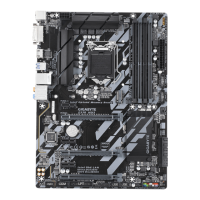
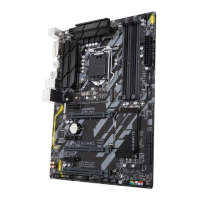

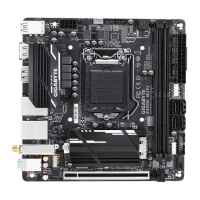
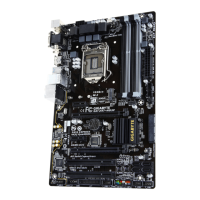
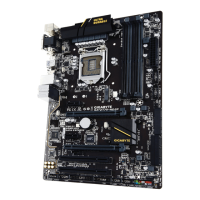
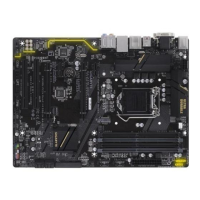
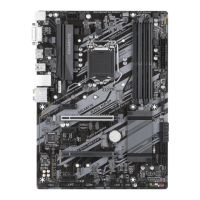
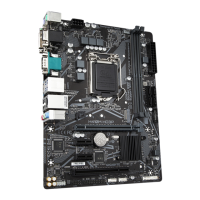
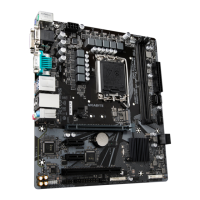
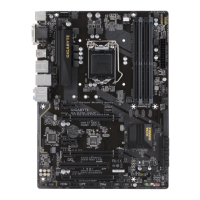
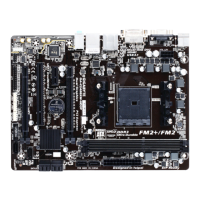
